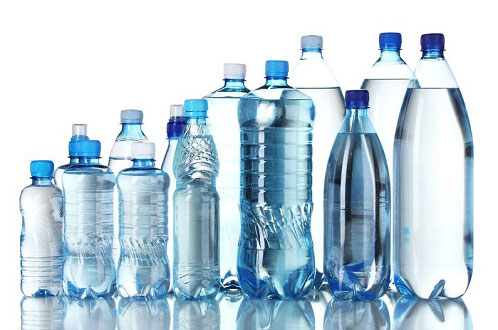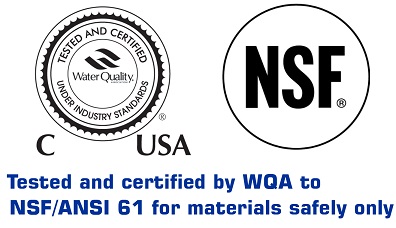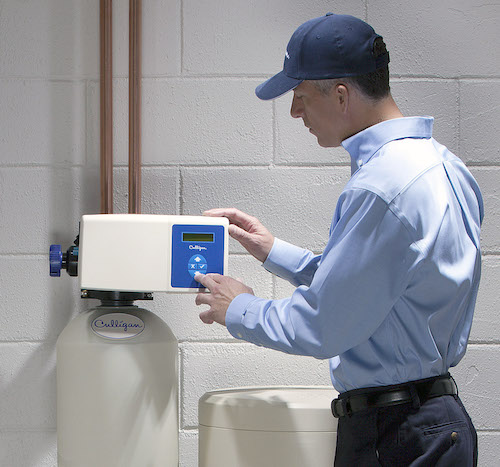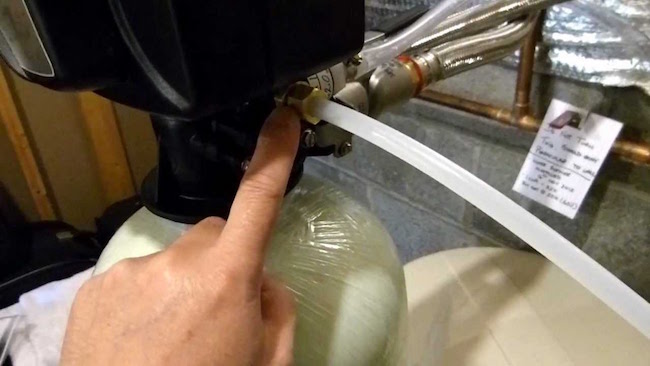Looking out on how to rightly make use of a water flosser? Here we would like to present to you the simple step-by-step guide to getting started with this amazing dental product.
We will begin with a brief intro on Water Flosser first, so it is a dental device which is used for removing food particles stuck between your teeth and the gum.
The external settings required to run the unit include one outlet for a power source and one water reservoir.
How to Use a Water Flosser
Water Flosser more often known as an oral irrigator, is a device which shoots a thin stream of water. This stream of water is sprayed on the area between your gum and teeth. It helps with removing food particles which are not effectively removed by brushing.
The water flosser also helps with dealing with plaque issues.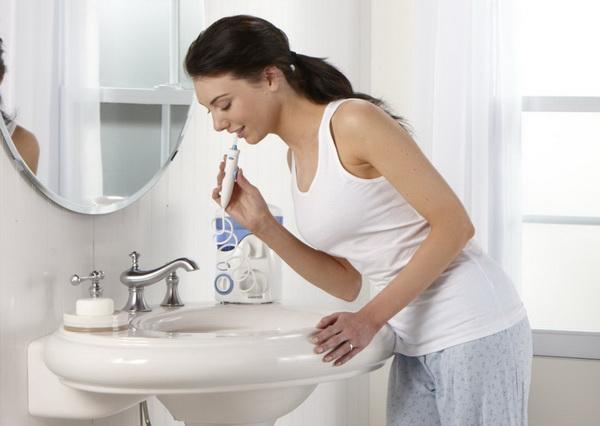
Following are the steps to be followed while using one Water Flosser:
- You will find one small container provided along with the system for water storage. Fill this reservoir with lukewarm water, and carefully place it on the base.
- Make sure that the reservoir is firmly set on the unit. There are different types of tips present for the flossing process. Choose the appropriate flosser tip, and set this on the handle portion of the system.
- If you are using the product for the first time, adjust the pressure dial to the highest. Place the flosser tip pointing towards the sink, and run the system till the reservoir gets emptied.
- Now again set the reservoir with water, and then set the pressure to the lowest. This is important for the beginners.
- Next, you have to lean towards the sink area, and then place the flosser tip inside your mouth.
- Finally turn the flosser unit ON. Place the lips close to each other to prevent any splashing. Keep your mouth open enough to let the water pass through your mouth and to the sink.
- Start this flossing procedure from the back teeth, and also make sure that you take gradual pauses in between.
- Here the flosser tip should be aimed in such a way that it makes a 90° with the place just above the gum line here.
- After you have completed the flossing, then turn the unit OFF. Choose the tip eject option to remove the tip.
In this manner, you can perform the flossing process at home using a good quality Water Flosser. Check out our Water Flosser Review, and know the current top picks.
Along with the right usage, it is equally important to maintain and clean waterpik water flosser.
Now, flossing using the water flosser is not among the traditional ones. The standard flossing is the one where the dental floss is used. So, if you perform brushing and dental floss, then you need not substitute the dental floss with the water flossing method.
But definitely, you can make use of this water flosser as a supplementary task along with the standard method. The water flosser will handle the portions which the dental floss can’t deal.
We would like to conclude this post on How to Use a Water Flosser here. Hope this guide proved to be helpful and made you aware of the complete handling technique. In case of any query, post them in the comment section below. Follow us on WaterGadget for more such informative stuff!
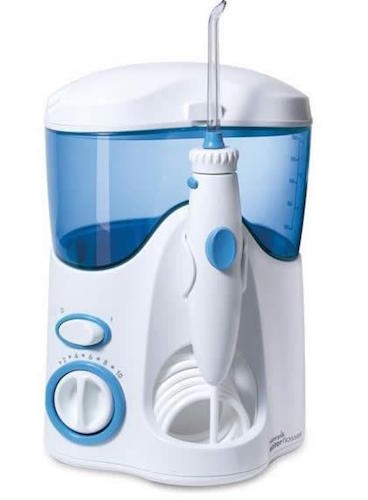
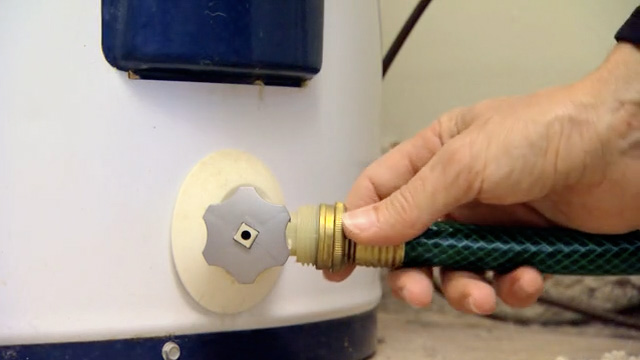
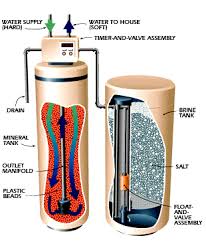
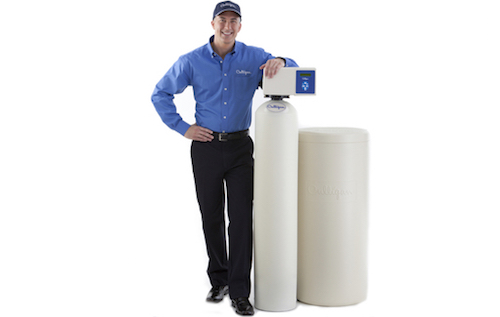
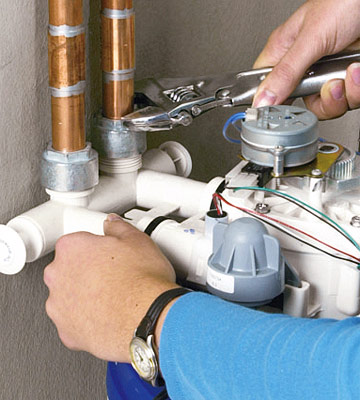

 Based on the requirements, we have classified filters in 3 categories. They are:
Based on the requirements, we have classified filters in 3 categories. They are: